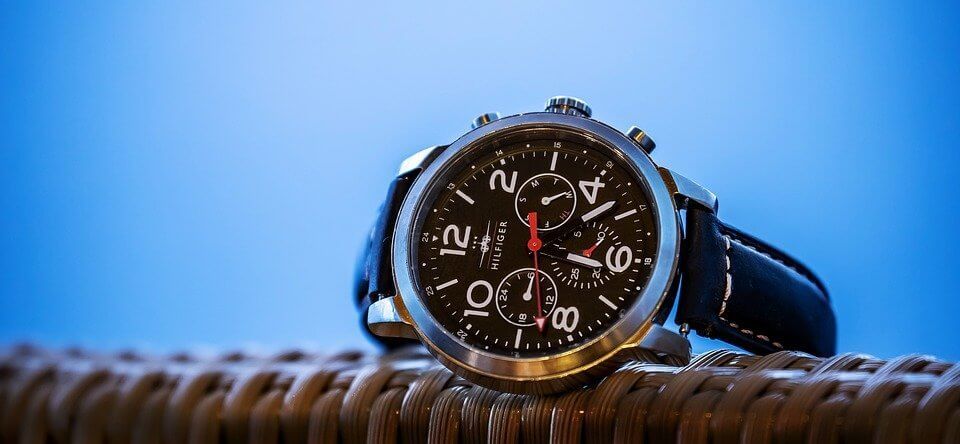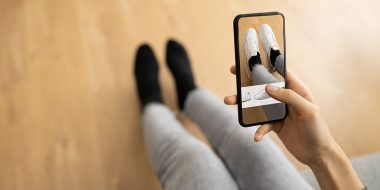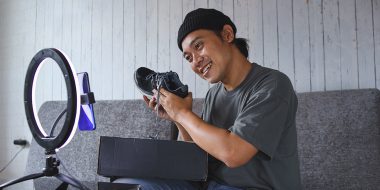Presentation is undoubtedly important in the e-commerce world. In a brick-and-mortar store, you have the benefit of shoppers getting to examine your wares, but you have no such luck online. Every site visitor must first decide to what extent they trust how you represent your product, and then (if they do find you trustworthy), form their opinion of the product based on the provided media. Consider that quality assurance is one of the biggest obstacles in the conversion funnel.
And while there are plenty of things that factor into the quality of your product representation (including your product descriptions, pieces of social proof, and brand assurances), one thing, in particular, is more significant than anything else: your product imagery. Provide excellent product photos, and shoppers will be more likely to get interested and choose to convert — throw in mediocre product images, and even great products can look cheap and worthless.
Accordingly, must consider making a serious investment in product photography. So how do you take the most professional product photos for your e-commerce store? Here are some tips:
Invest in high-quality lighting
The bedrock of good product photography is optimized lighting. If you set up bright and even lighting, you can take half-decent photos with a mediocre camera — and if you get the lighting wrong, even an expensive pro-level camera will struggle to get good results. That’s why, it should be your first consideration when looking to improve your product photos.
Where do you currently take product photos? You need a place that doesn’t produce strange shadows or wild variations in contrast. Ideally, you should be using sunlight, so anywhere close to a large window with some room for suitable props could be workable. Here are some quick tips on shooting product photos with natural lighting.
Given that natural light is inconsistent and often impractical, you might need some good artificial lighting as a fallback if you don’t live somewhere that’s bright throughout the year. Installing an artificial lighting setup can be complex, but it does mean no more worrying about cloud covering or sudden weather changes. A simple mono light setup could do the trick.
Stick to a consistent style
Consistency is extremely important in your product photos, even if much of the impact is subconscious: when a store visitor sees that every product on the site has similar photography (same angle, same lighting, etc.) it reinforces that you fully endorse all your products.
What you really want to avoid is having some great product photos and some terrible ones, because the contrast will make the bad ones look even worse. Set an excellent standard throughout your store, representing every last product comparably well.
You can also have consistency within distinct categories — perhaps giving every type of a product a signature element of some kind. For instance, if you were taking photos of vibrant cosmetics, you could use colorful neon backgrounds to match that vibrancy — and if you were taking photos of luxury electronics, you could sit them in front of elegant metallic backgrounds.
Try different photo types
While you do need to be consistent with your primary product photos (the ones you’d display if you hooked them into Google Shopping, for instance), you can really mix things up with your additional shots. You’ve already established credibility and clarity, so why not serve other purposes that might tip people towards conversion?
One option is to show products in use. If you’re trying to sell a watch, for example, then you can show some photographs of people wearing that watch. While being implied social proof (even though the viewer will know the wearers may have been paid to do it), it can show people what the watch actually looks like on people’s wrists.
Another option is to offer a 360-degree product image, allowing the shopper to view it from any angle and examine it much more closely. This is great for solidifying trust, particularly if you tie it into some kind of AR preview option. It’s not as complicated to implement as you might think: take a look at some straightforward instructions.
Store the full-size original files
Lastly, something that you might not give much thought to is the ever-increasing demand for high-resolution images. It wasn’t all that long ago that a 640×480 image was sufficient, but that’s not even close to enough by today’s standards (nor is 1024×1024, which was still being recommended in 2014) — people walk around with high-resolution screens on their smartphones, and want to be able to examine products in great detail.
Let’s say you took full HD images (1920×1080). Many people still use PC screens with that native resolution, so that doesn’t seem so bad, does it? But what about next year? Technology moves quickly, and it’s tough to predict when a given level of quality will stop being good enough. If you keep refreshing your stock, then you’ll need to take new shots anyway — but if you don’t think your products are likely to change too much (if you sell food, for instance), then it makes sense to get the best possible shots now and not need to do it again.
Also, consider advertising. You may want to run a marketing campaign at some point, in which case you might need some rich product visuals. If you start with massive product images and downsize them when needed, you should have all the visual resources you need to get through many more years of operation.
In conclusion, the importance of lighting cannot be stressed enough. If you only take one thing from this piece, it should be that you must get the lighting as good as possible before you start taking any photos. Beyond that, establish a consistent baseline, throw in some different photo types to spice things up, and remember to store your raw image files (because you might need them later).
Netscribes offers image editing and photography solutions to help companies create superior shopping experiences for their customers online. Find out how we can make your product images online-ready – contact us at info@netscribes.com






